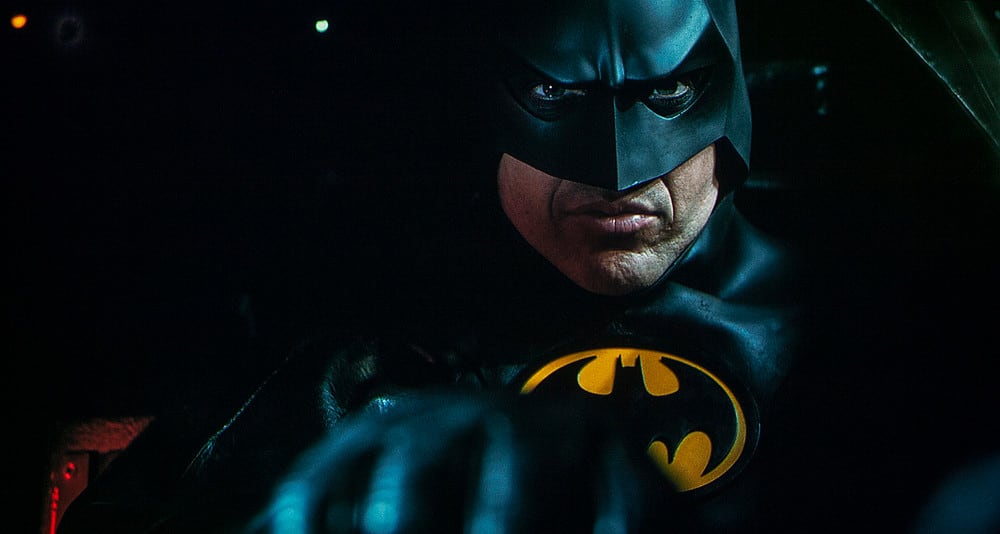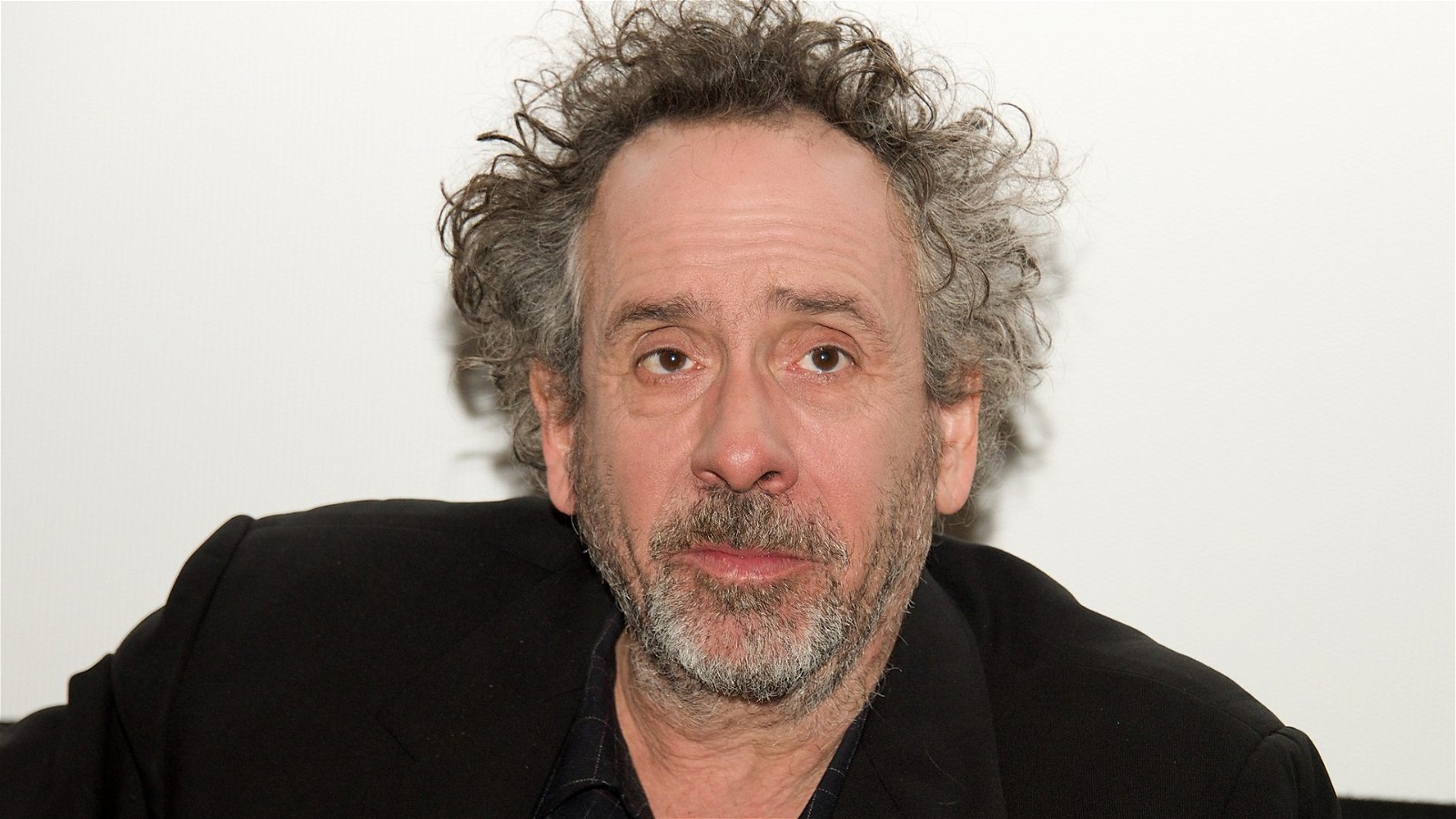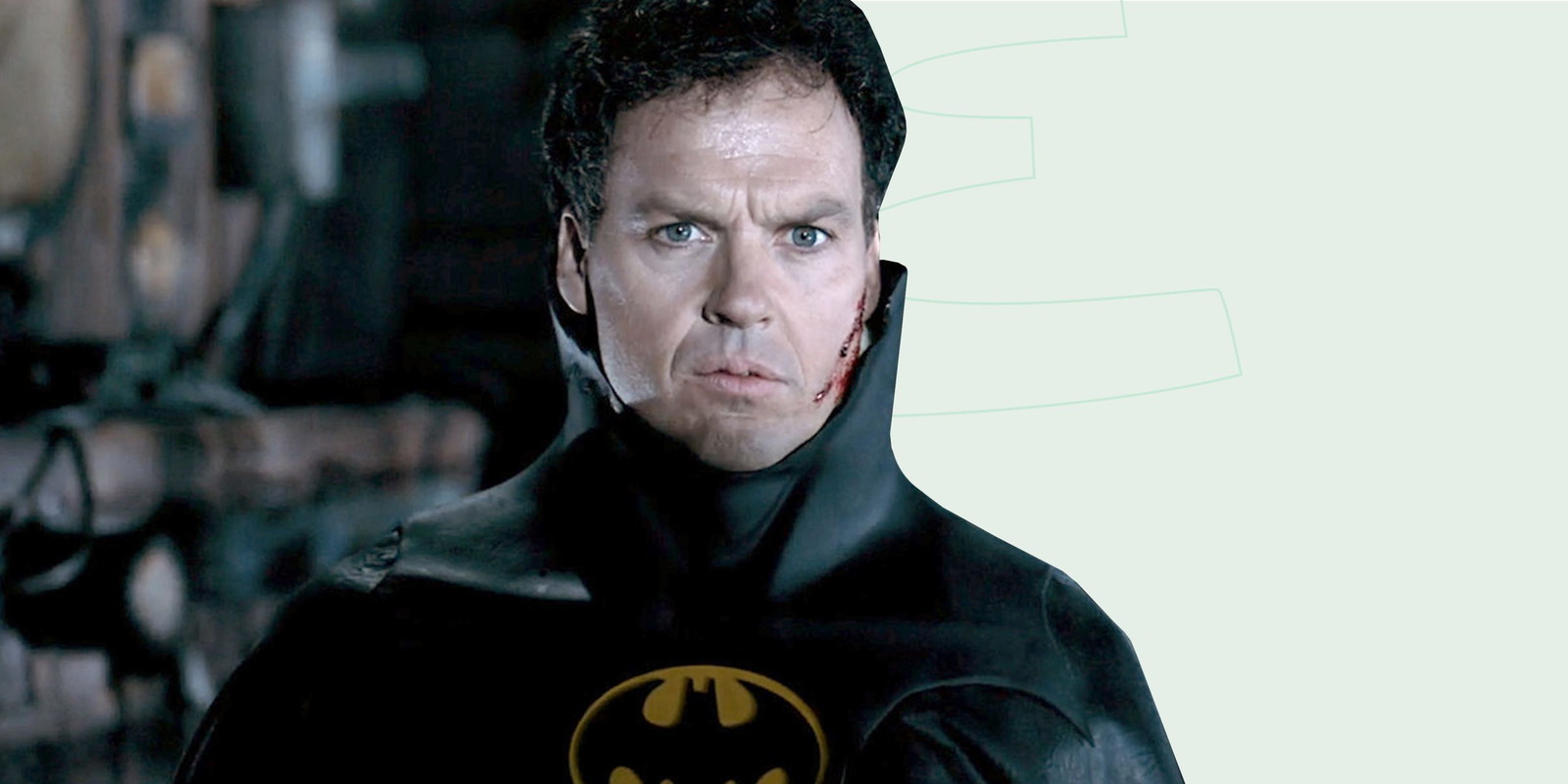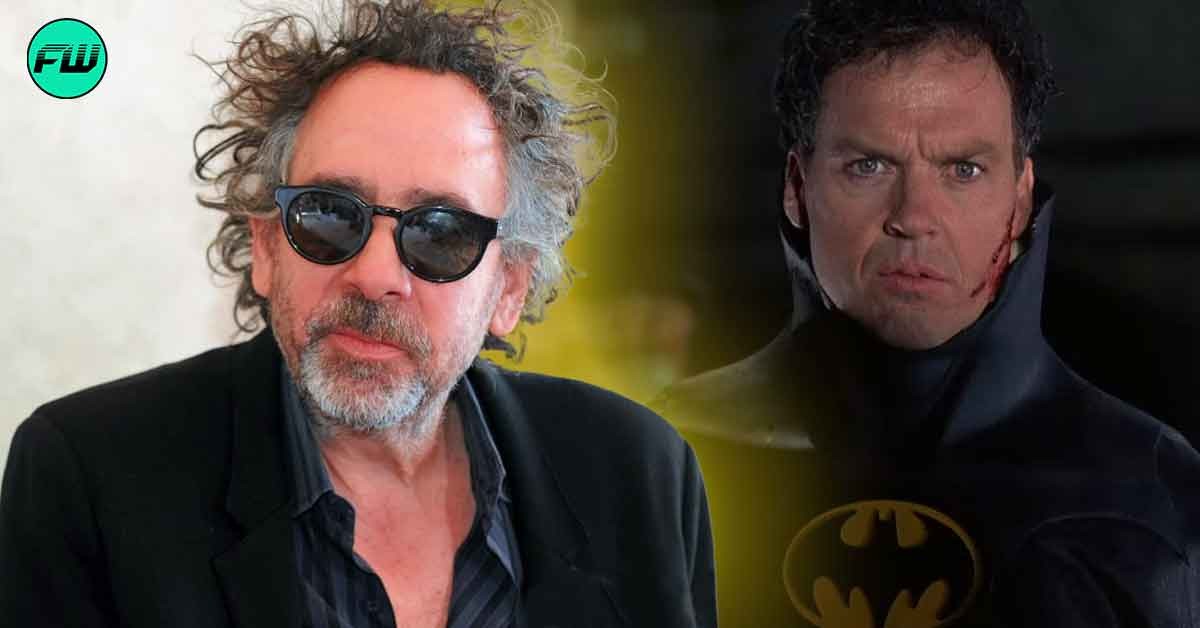One film, Batman Returns, stands out as a dark gem shining in the shadows among the mesmerizing tapestry of cinematic adaptations that grace the Batman mythos. This cinematic masterpiece’s appeal has endured the test of time, as Robert Pattinson, the most recent actor to don the iconic cape and cowl, gushed over Tim Burton’s sequel.
An ever-resounding symphony of brilliant but misunderstood work, Batman Returns dances on the edge between mystery and artistry.
Batman Returns: A Misunderstood Opus

In the winter of 1992, snowflakes brought with them a movie that took an unexpected turn for a superhero blockbuster. The release of Batman Returns was met with a mixture of awe and surprise from moviegoers.
Suggested Article: Chris Hemsworth, Charlize Theron’s $561M Franchise Co-Star Darren Kent Passes Away: What Role Did He Play in Game of Thrones Opposite Emilia Clarke?
Critics raised their eyebrows, parents feared for their children’s futures, and rumors spread through the streets of Gotham that Batman was relegated to the background in favor of the likes of Danny DeVito’s grotesque Penguin, Michelle Pfeiffer’s seductive Catwoman, and Christopher Walken’s mysterious Max Shreck.
That Batman was now “of limited interest” to Burton and his pal Daniel Waters was a bold statement from Variety’s wise guy, Todd McCarthy. The Dark Knight, the story’s central character, was apparently sidelined.
“Unfortunately for the twisted imaginations of Burton and Waters, the winged one must remain a relatively straight, upstanding character and therefore of limited interest to them. Batman comes to the perfunctory rescue of numerous anonymous individuals through the course of things but actually spends much of his time being humbled and humiliated by his highly imaginative opponents.”
A timeless truth, however, was concealed beneath the glittering exterior. Where mystery met intrigue, in the complex interplay of light and shadow, Burton’s vision was cloaked.
Tim Burton’s Quixotic Affair with Outsiders

The works of Tim Burton are an ode to the eccentrics and misfits who live on the periphery of mainstream culture. The director’s work consistently focuses on alienation from being completely excluded from the mainstream.
In typical Burton fashion, the Caped Crusader was a symphony of silence, a brooding enigma perched on the brink of light and dark. Tim Burton emerged from the shadows, addressing the echoes of misinterpretation that had cast a pall over his opus.
“I remember hearing things like ‘In the first movie, the Joker stole the show. And in the second movie, he’s hardly in it. It’s all Catwoman and Penguin.’ I always felt that those people for me were missing the point of the character of Batman, what he is. That’s why I didn’t like Robin involved.”

The director’s eyes went inward as he contemplated Batman’s character.
“This guy wants to remain as hidden as possible and in the shadows as possible and unrevealing about himself as possible. So all of those things, he’s not going to eat up screen time with these big speeches and dancing around the Batcave. I always felt he was in it the right amount and the right sort of, level of him.”
Burton envisioned Batman as more of a sentinel of the night, a guardian who hid in the shadows to maintain his mystique, than a showman. Michael Keaton was the guardian who gave Tim Burton’s mysterious Batman character life on screen.
In this concerto of understated power, Keaton and Burton created a Batman whose silence spoke volumes, a vigilante who didn’t need to say much because the mystery he exuded said it all. Once shrouded in mystery, Tim Burton’s Batman Returns is now recognized as a masterpiece that displays Burton’s artistic risk-taking and deep understanding of Batman’s psyche.
Source: YouTube

